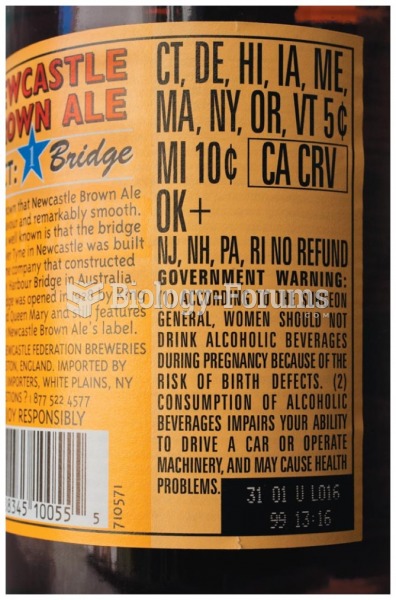|
|
|
Did you know?
In 1864, the first barbiturate (barbituric acid) was synthesized.
Did you know?
Blood is approximately twice as thick as water because of the cells and other components found in it.
Did you know?
The longest a person has survived after a heart transplant is 24 years.
Did you know?
Children with strabismus (crossed eyes) can be treated. They are not able to outgrow this condition on their own, but with help, it can be more easily corrected at a younger age. It is important for infants to have eye examinations as early as possible in their development and then another at age 2 years.
Did you know?
On average, the stomach produces 2 L of hydrochloric acid per day.







